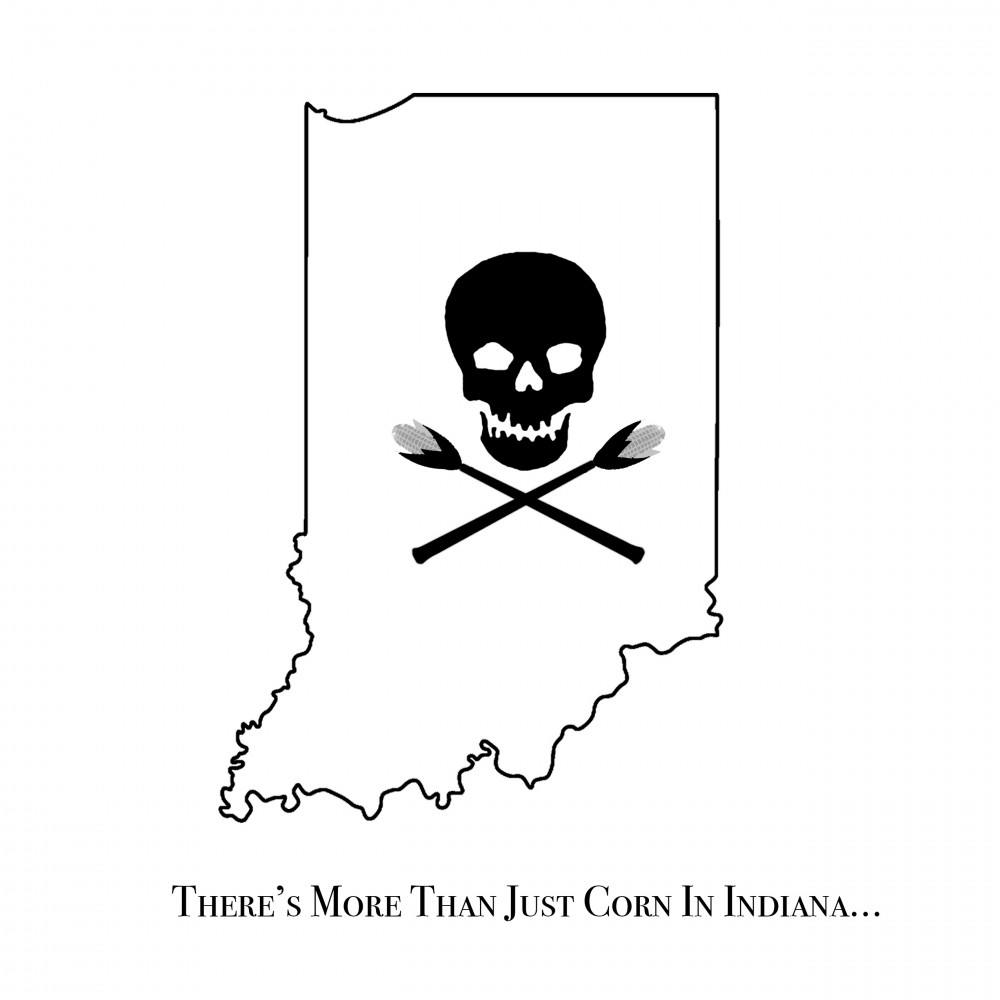Indiana released 129.9 million pounds of toxins into the environment in 2016, according to recent a recent chemical disposal inventory conducted by the Environmental Protection Agency.
Only five other states— Alaska, Louisiana, Nevada, Texas and Utah— released more toxins into the air, water and soil.
The Editorial Board maintains that this egregious disregard for the health of our citizens cannot continue.
We implore the state or national government to pass legislation that reduces the quantity of toxins released into the environment or strongly regulates and monitors how such releases occur.
Indiana now releases more toxins per square mile than any other state or territory in the nation. The majority of these compounds are carcinogenic or associated with nervous system damage.
The state also leads the nation in small-particle air pollution, which can exacerbate respiratory disease and increase the incidence of cancer and heart disease.
Air pollution is estimated to cause 3.3 million premature deaths around the world each year and costs the global economy more than $5 trillion annually.
Approximately 200,000 of these annual deaths occur in the United States, the same amount of deaths caused by car accidents, diabetes, suicide, heroin and prescription opioids overdoses, gun homicide and terrorism per year combined.
The important takeaway is that air pollution, while more abstract than a car accident or mass shooting, kills far more people each year, and the media coverage and legislative actions in response to such pollution should be proportional.
Approximately 133 million pounds of chemicals are released from Indiana’s 916 monitored facilities, with the majority released by steel companies such as the U.S. Steel Corporation Gary Works.
Last year, the U.S. Justice Department imposed a $2.2 million fine on U.S. Steel for Clean Air Act violations. Globally, steel industries are the second biggest emitter of carbon dioxide, the primary greenhouse gas.
Many traditional methods of reducing carbon emissions, such as switching to electric vehicles or renewable sources of energy, do not address the carbon emissions of the industrial manufacturers of common building materials like steel and cement.
Further innovation is required to develop methods to manufacture these materials that don’t produce large amounts of pollutants, but industry changes that lower energy consumption could still be made, thus lowering their production of greenhouse gases.
For the steel industry, one potential solution is to incentivize the use of electric arc furnaces, which consume approximately one-third of the energy required by the traditional basic oxygen blast furnace.
U.S. Steel planned to build one such arc furnace at its Birmingham, Alabama, steelworks but canceled the project in 2015.
The majority of Indiana’s chemical production is recycled, treated or used for energy recovery, but it is still simply unacceptable that nearly 130 million pounds of pollutants are put into Hoosier soil, air and water each year.
If the health of our state’s citizens and environment is to be prioritized, Indiana lawmakers and industries must take drastic action to further reduce this quantity.




